The first things that come to mind when I think of the different Galapagos islands
San Cristóbal
Sea lions. Definitely sea lions. They where everywhere! The last time we saw sea-lions was when we were in South Africa, but they weren’t so plentiful or so bold as the ones in the Galápagos. XD
I think of my first glimpse of the Galápagos ‘arid’ landscape. This is the part that looks, and I quote, “as if it had rained black stones.” (I’m pretty sure that’s how one of the earlier explorers stated it.) Large, jagged, inhospitable black chunks of rock with spindly trees growing out from between them. Cacti are scattered about, some looking like stacked melons.
The animals and birds we found in the Galápagos were very tame, but we noted this especially in San Cristóbal. (Whether it was because it was our first landfall or that the birds there really are tamer than elsewhere, I don’t know.)
- Lava lizard
- Darwin finch
- Fly-catcher. It followed us around for a bit. Well, it seemed that way at least – maybe the island is just full of them. ^_^
I also think of kayaking to the beach in our ‘Panamá Piesang’, (Panamá Banana 😉 ), seeing for the first time that the “glass” bottom actually works!
- And we even found an unidentified species. We decided to name it Francisi Saileria
Isabela
Here I most definitely think about the volcano, Sierra Negra. It’s last eruption was in 2005 and it is still an active volcano – but it is a friendly volcano. No explosions with ash all over the place, like Mount Pelee in St. Pierre, Martinique. This volcano gives loads of warning before erupting and even then the lava just oozes out. No drama. Sierra Negra is also reported by our guide to have the second largest crater of any active volcano in the world. It is about 10km in diameter and only trumped by the Yellowstone volcano in the USA.
The best part of the volcano tour for me was Volcan Chico, which means ‘volcano child.’ This is the area that the lava flowed into during the last eruption, 12 years ago. It’s really cool to see ‘cooled-lava’-type landscape. We were warned very strictly to stay on the path, since parts of the lava flow could potentially collapse due to air pockets trapped under the surface
The lava was mostly Ai-ai lava. (Ouch-ouch lava). This means the lava, prior to cooling, had been filled with numerous tiny bubbles. (Air or otherwise.) When cooled and broken up into pieces, the surface becomes extremely painful to walk on. (Apparently not quite painful enough to stop Karin going barefoot.)
Isabela is also the island where we took our Tuneles tour. Isabela is quite a big island, but I think about 60% of it is inaccessible by land. (For example, the flightless cormorant lives on Isabela, but the only way to see it is to take a cruise-boat from Santa Cruz island. We weren’t allowed to visit them with our own yacht.)
The Tuneles are old lava tunnels that extend into the sea and, over time, have broken down so that they now look like lava bridges standing in the water. I am SO glad we did that tour – definitely worth it! On our way over to the tunnels we saw manta rays!!! I didn’t think I would ever see manta rays in real life! It was so cool – we even saw one jumping! ^_^ We didn’t swim with them, which would have been the ultimate awesomeness, but to see that huge dark blotch in the water just a metre or two from the boat, “wingtips” sticking out of the water on either side – it was still cool. B)
To get to the tunnels we had a boat ride starting from the pier and we motored for a long way down the coast. (It’s on the way that you see the mantas.) From the open sea the driver of the little speed-boat then needs to navigate a channel that barely is twice the width of his boat right through the middle of breakers. All I can say is that those skippers know their boats and they are definitely extremely local. If it had been a deserted island we would never have found the tunnels on our own!
Gliding through the lava-tunnel formations on the protected water had a certain charm. Cacti grow on-top of the tunnels and the water is so still you can see the damsel fish under the surface, each one protecting it’s patch of algae.
The highlight was that we were able to see blue-footed boobies nesting, which is another national-geographic type experience I didn’t think we would ever get.
One last thing about Isabela – marine Iguanas. Most times after we had tied up our dinghy at the pier and walked up the path a bit, we would find them either on it or next to it, stretched out in their, as Franci calls it, “death poses”. The way they just lie there, it really looks as if they are giving up on life. 😉
Santa Cruz
Thankfully, neither Isabela or Santa Cruz had San Cristóbal’s Sea lion infestation. The first few days are highly entertaining, but the novelty soon wears off – sea lions can really stink and make a noise!
At Santa Cruz we mainly regrouped. School and work needed some catching up on and the forward water tank needed some work.
We did still go to shore. In fact, we even bought some T-shirts at the tourist-trap shops. 😉 As Karin Jr. puts it – San Cristóbal had a case of the dive shops. You see the red flag with the diagonal white stripe at every second storefront, each endeavouring to make their presentation more interesting than the neighbours’. Isabela had a case of the restaurants. There is a whole street dedicated to them! Then there is Santa Cruz, which definitely suffers from souvenir stores. Again, a whole street is lined with tiny little shops, each selling pretty much exactly the same stuff as the one before it. Well, I suppose not exactly, otherwise we would only have had to walk into one of them. 😉
Santa Cruz is also the place where we did the coolest Galápagos diving EVER! We went diving with hammerhead sharks. B)
It hadn’t started out as all of us going. By the time we reached Santa Cruz, we had already spent enough money on excursions and were set on doing the “free stuff”, like going to the local tortoise breeding centre and the walking to the beach. However, we were told that at Santa Cruz you are guaranteed to see hammerheads. Since our Dad never saw the hammerheads on our previous dive excursion in San Cristóbal, we all agreed to let him go on a dive trip on his own.
As it turned out, there was a miscommunication at the dive-shop, so although my Dad had been told to wait at the pier to be picked up there, nobody came.
It was definitely a let-down, but after going back to the dive shop the owner was very apologetic about it and offered to have all of us go diving for a very sizable discount – so we took it. =D
It was really spectacular!
- Now you know that we took this photo ourselves. If it was a hoax, we would have chosen a much clearer photo of a hammerhead. The water is very soupy due to the rich nutrients that well up next to the Galapagos Archipelago
- There were many other fishes to see. Hope this photo of a Mexican Hogfish makes up for the last one. It also has a funny shaped head : )
Before I wrap up this blog, I also need to tell you about all the tortoises.
The giant tortoises are the main attraction of Galápagos. At least, it feels that way. Every Island we visited had a breeding centre, some place you could visit to see the tortugas gigantes.
Random piece of information: On all the islands, there is this tree that is extremely poisonous to people. It’s sap will burn and irritate your skin if you come into contact with it and you die if you eat its fruit. Every time you see this tree next to a walking trail there is a sign posted warning you NOT to eat the fruit. It’s fine for the tortoises though. Apparently, for them it is a healthy food. Moral of the story – don’t employ a tortoise as your food taster. 😉
There used to be thousands and thousands of tortoises on the islands, but of course, after people came, things changed. The tortoises are able to survive months without food or water, so they make an excellent source of fresh meat. Captains used to load a lot of tortoises to resupply their ships.
They didn’t just take tortoises though – they also introduced other animals, such as livestock, rats and later even ants. The livestock, such as goats, cattle and pigs, step on tortoise nests, crushing the eggs. Rats eat the eggs. The ants, introduced later by farmers, attack the nests after the babies are hatched. The baby tortoises stay underground for a month after hatching, living off of a yellow protein sack attached to the bottom of their shell. The ants ‘smell’ the protein and invade the nest. They aren’t necessarily after the babies, but when they come into the nest they bite the babies. This causes the tiny little tortoise babies to have heart attacks and die.
At the moment it is still extremely difficult for a nest to survive in the wild. That’s what the breeding centres are for. They breed the tortoises in captivity, and will also go and look for nests in the field to bring them to the centre to hatch.
After seeing the big, slow, grumpy-looking adult tortoises, the babies are adorable!

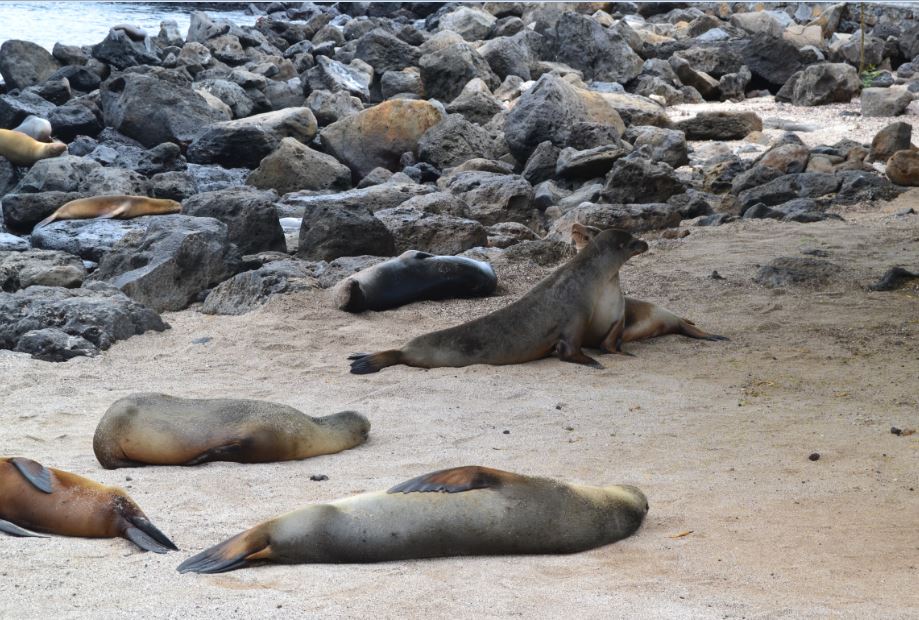
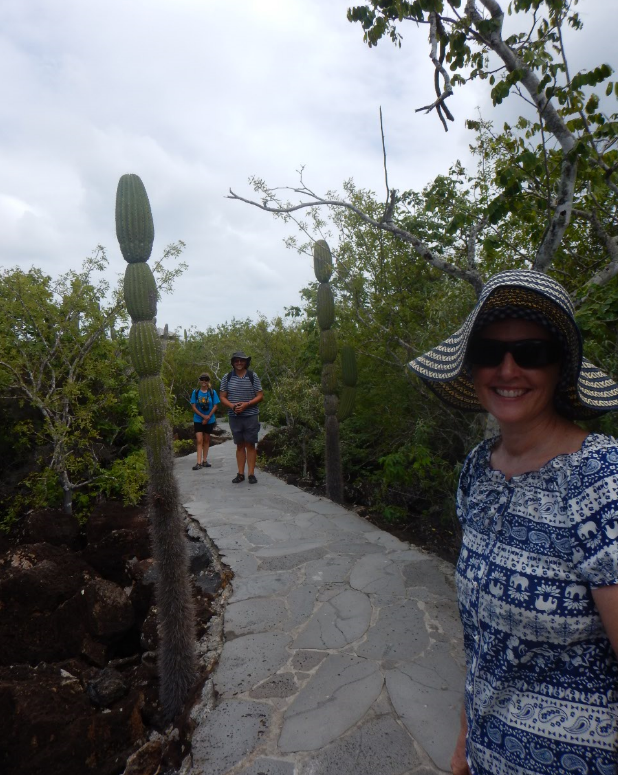
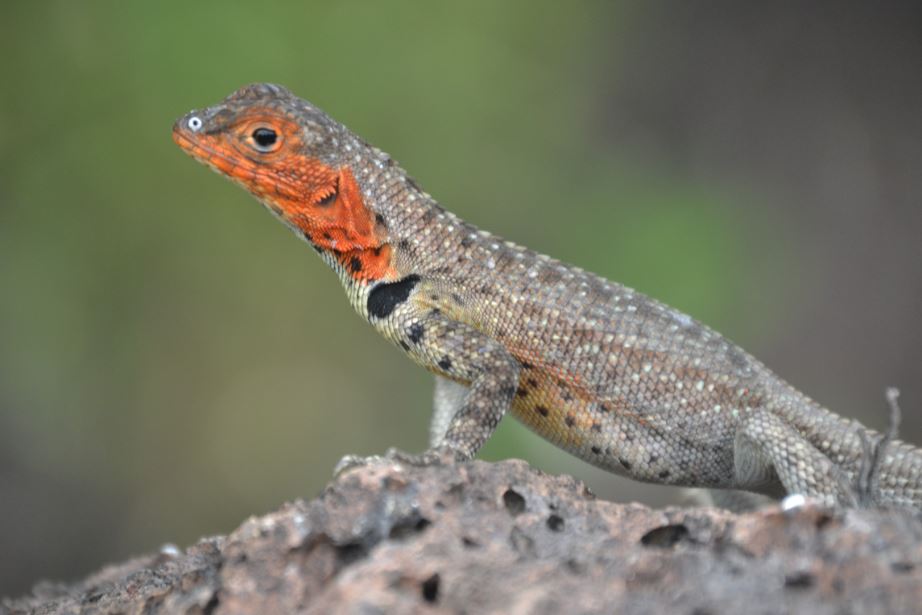

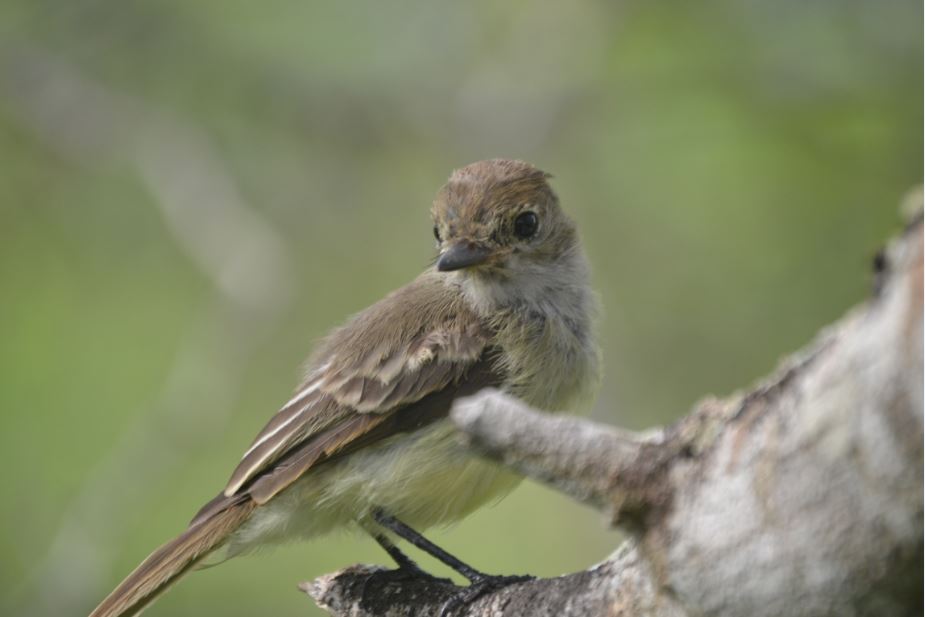



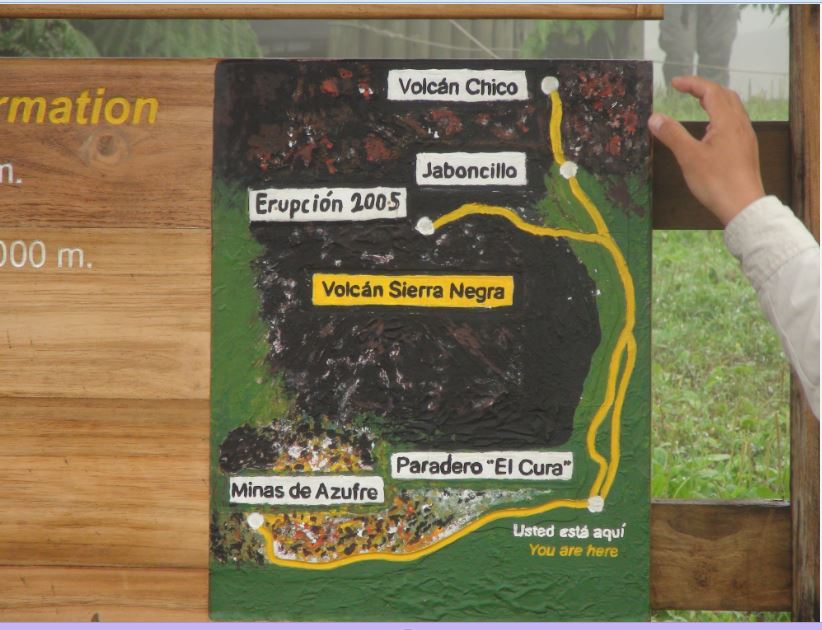
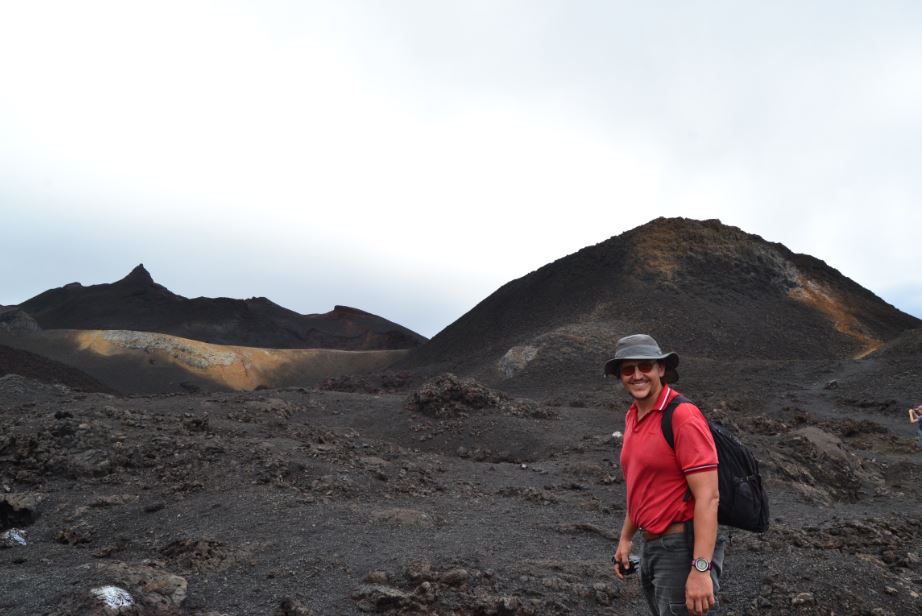

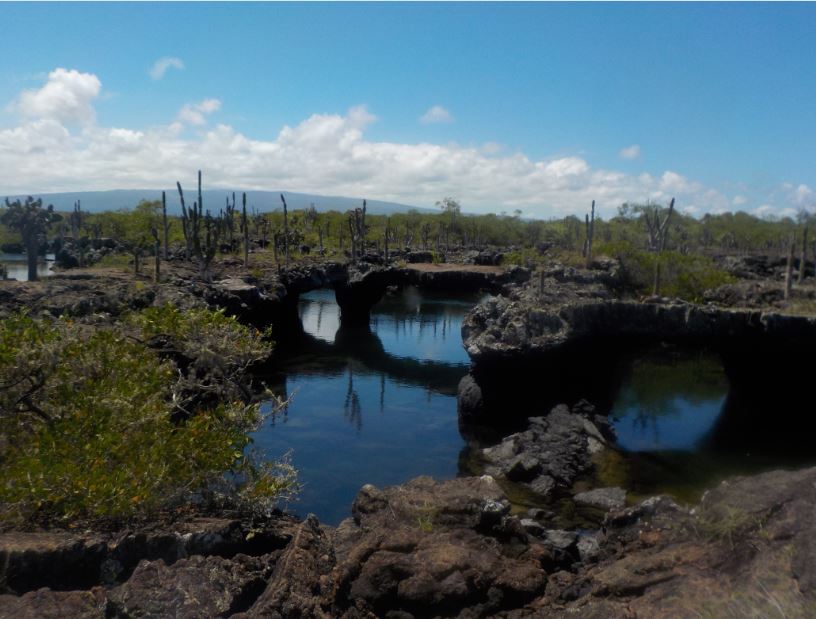


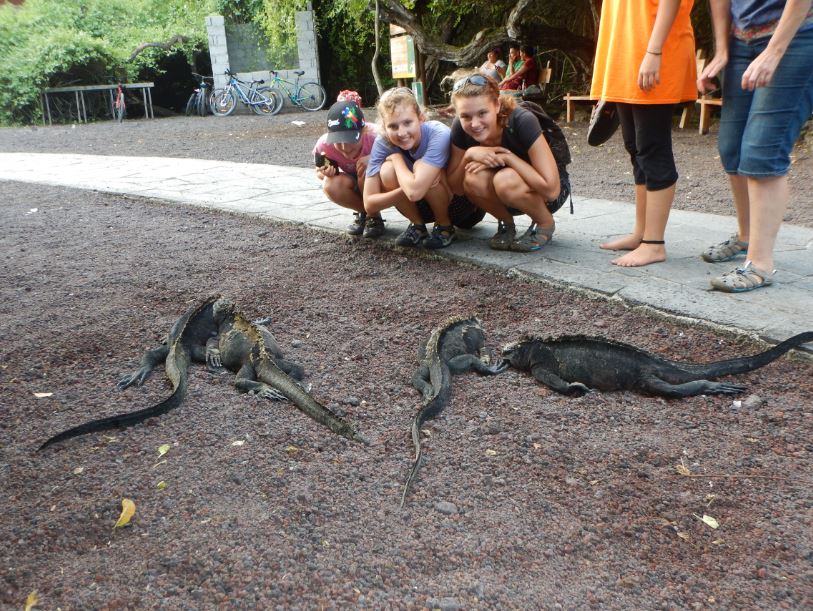
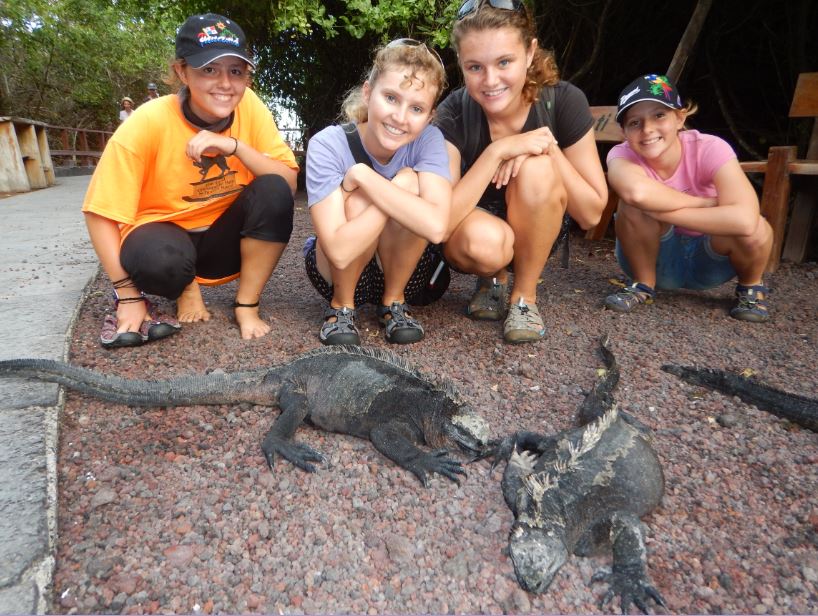

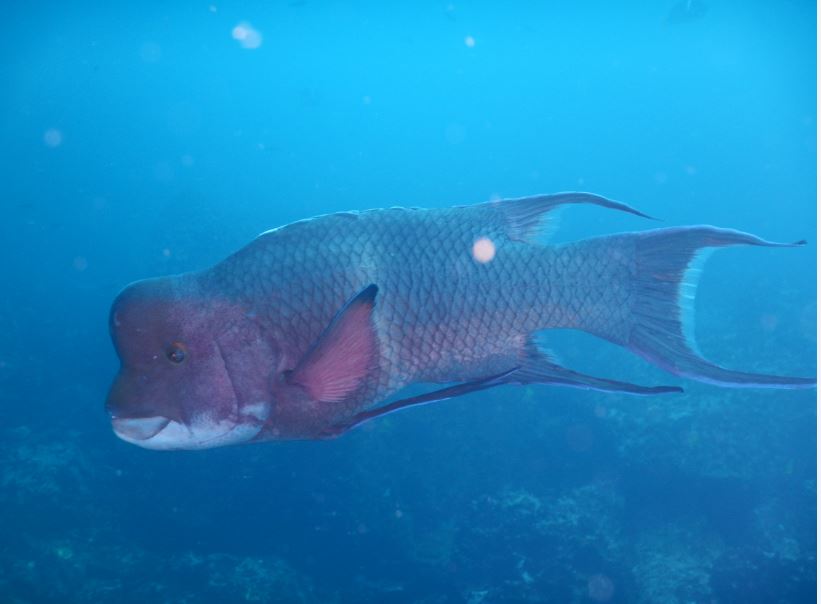
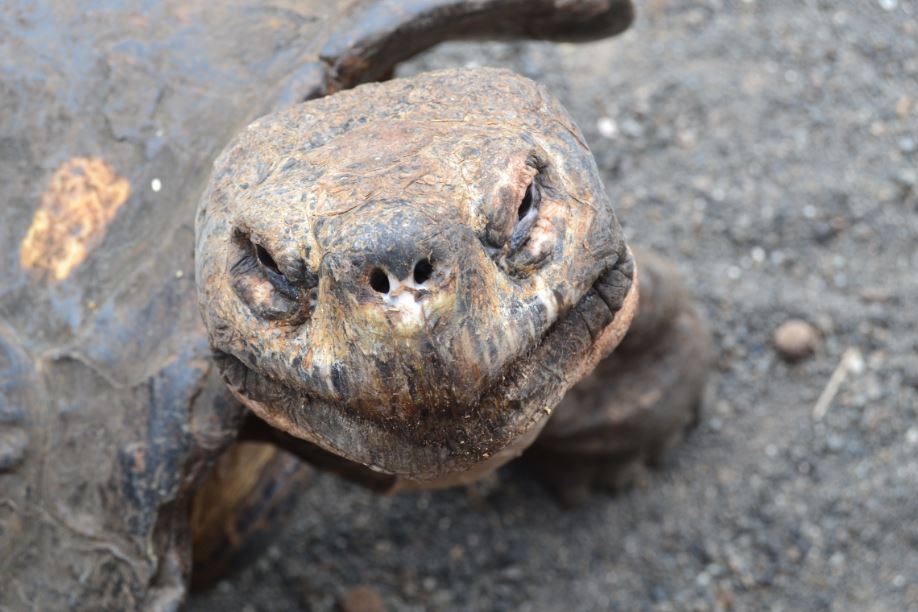
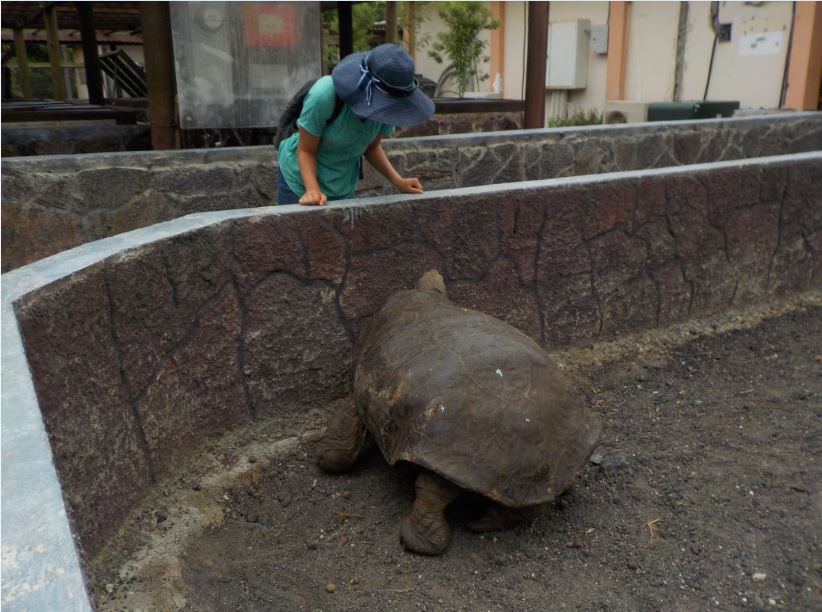
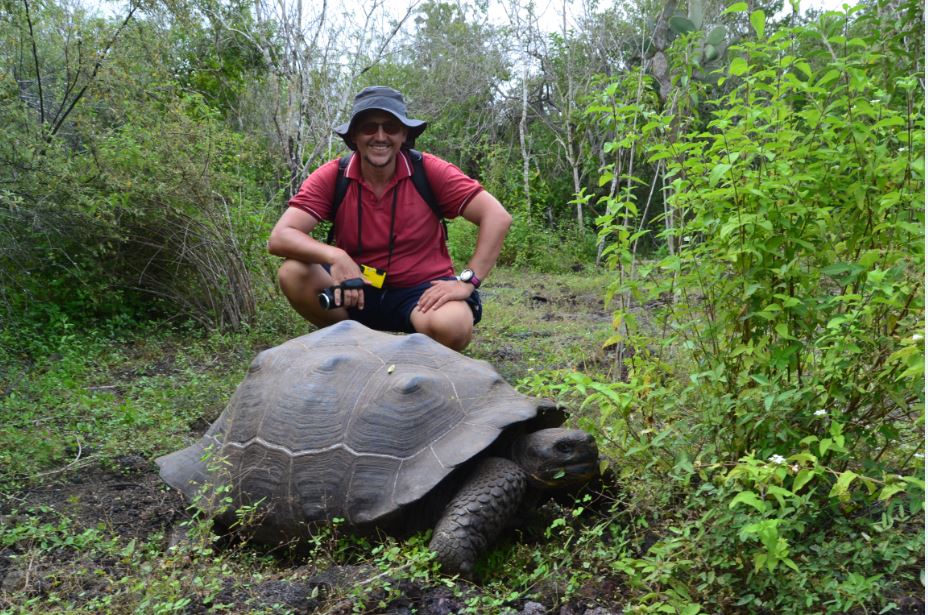
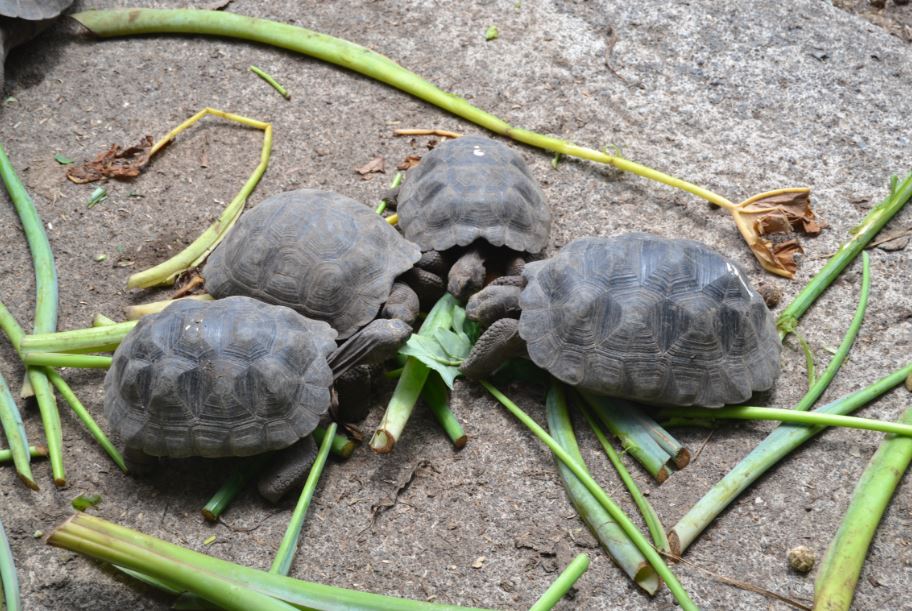
1 comment
Joe! Daai duik wat julle gedoen het moes ongelooflik gewees het!
Eendag as ek groot is gaan el ook nog daar duik.
Dit lyk fantasties!